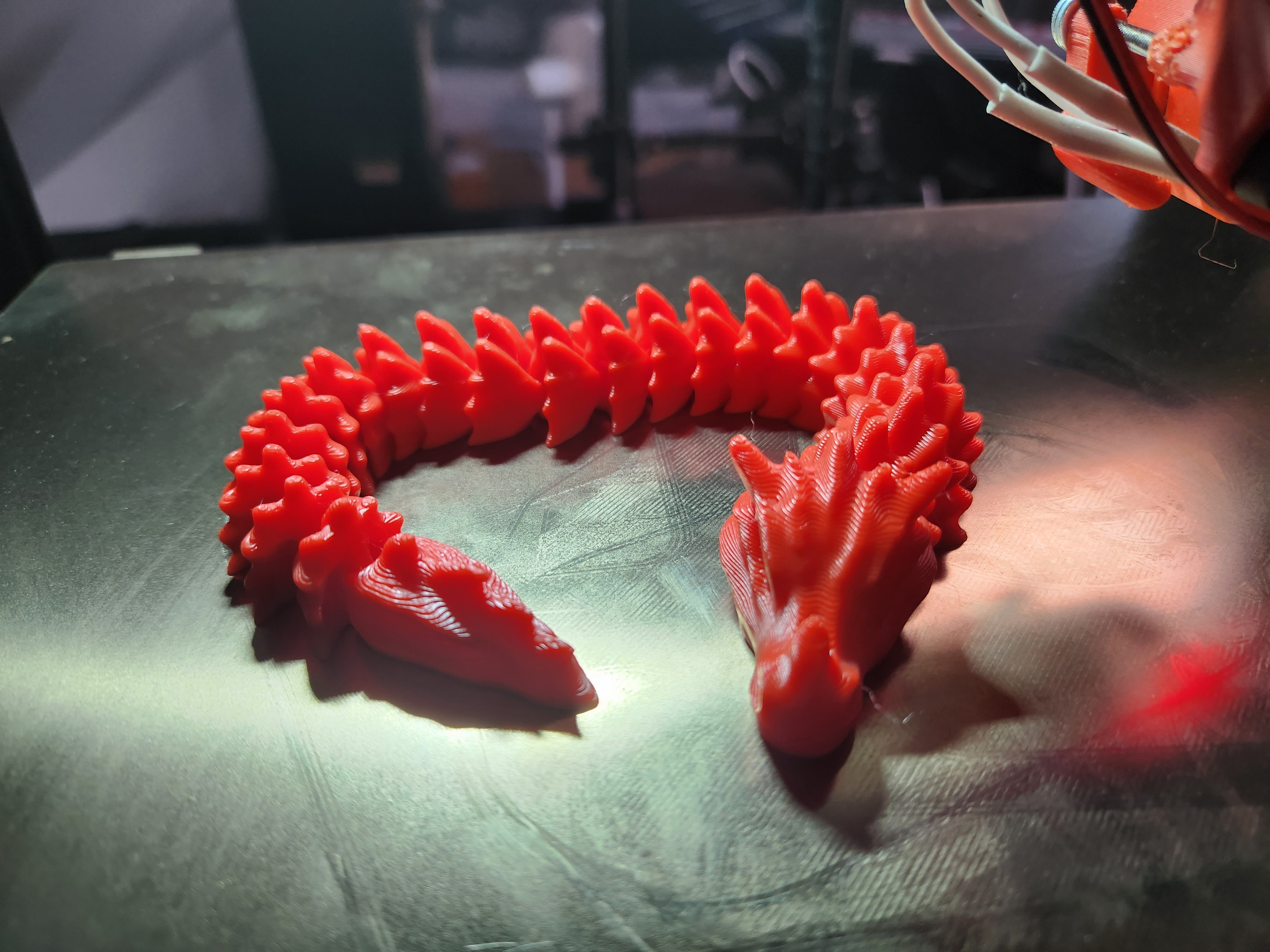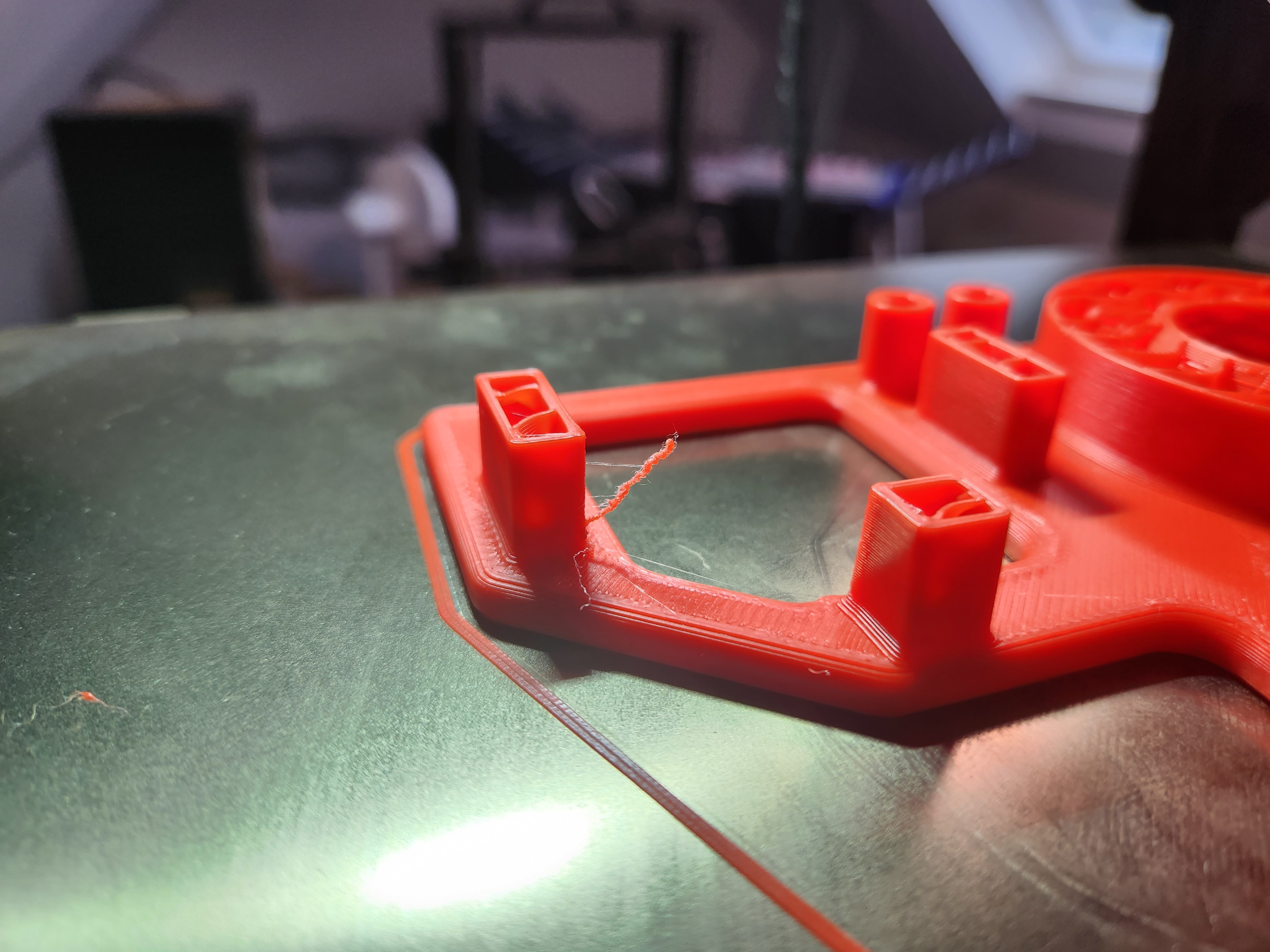This might sound a bit heretical, but you could carefully pick and match a variety of software and configuration to your individual needs, turning your tiling wm into a fully functional desktop environment, or you could just install a tiling wm into an existing desktop environment and get something useful with like ten percent of the work.
I know that I have done the former multiple times, only to fall back to existing desktop environments again because it's just a lot less work and often works better, since you don't have to take care of getting things like screen sharing or media buttons to function.
Especially LXQt and Xfce make it very easy to run a tiling window manager, but you can also find extensions/plugins for KDE or Gnome to make them tile. I'm personally running Gnome with the Pop Shell extension right now
That's not residential sewage, that's manure. Animal excrements often aged to concentrate it
Microkernels aren't better per se than monolithic kernels. Their main advantage is increased security. Only a small portion of the Kernel actually runs in Ring 0, the most privileged level where the code has full access to the computer. Drivers and the like then technically run as separate, less privileged programs that interact with the kernels via messages. This greatly reduces the attack surface on the kernel and prevents crashes or memory access from a faulty driver.
This comes at a cost though. While microkernels are generally more secure, they are also less performant. Each message means overhead and a context switch you don't have in a monolithic kernel.
The discussion between the two kernel types has been going on for the last thirty years and was famously the source for a long argument between Linus Torvalds, founder of the Linux Kernel and Andrew S Tannenbaum, creator of the Minix kernel.
In the end the XNU kernel isn't even a full microkernel, but a hybrid kernel, trying to take the best of both world by originally taking the Mach microkernel and then implementing the 4.3BSD monolithic kernel on top of it. There are even project to do the same with Linux, like L4Linux
Overall the choice of kernel doesn't hold Android back in comparison, Linux is an extremely capable piece of software that runs on anything from small microcontrollers to all of the world's largest supercomputers. Though Google's newest OS project, Fuchsia, actually uses a microkernel for increased security. And it doesn't use Linux because of licensing, but that's a whole other can of worms
Da sag ich mal nur: Ei Gude!

"Dammit, for some reason I can't kill all the children, a few of them always survive, I must have a leak somewhere"
I'm pretty sure Kim knows at least. He grew up in Switzerland after all and speaks Korean with a Swiss accent, according to some sources
And for the love of god don't go for latest, just stick to the release tags
Might want to rethink the name Redox OS already exists and is a pretty active project to create a modern OS in Rust
Bruh. She's literally calling herself a fascist. Can't get more right wing than that
Alter, ich würde mich unironisch über alte Bierkrüge freuen, habe tatsächlich etwas angefangen, die zu sammeln...
Great, they put every single thing from the playbook of shitty mobile games in there
 since it has a lot of retractions, but of course that one turned out perfectly apart from a few tiny whisps.
since it has a lot of retractions, but of course that one turned out perfectly apart from a few tiny whisps.
Not that far off actually, China started producing the first sodium ion battery powered car in series this year